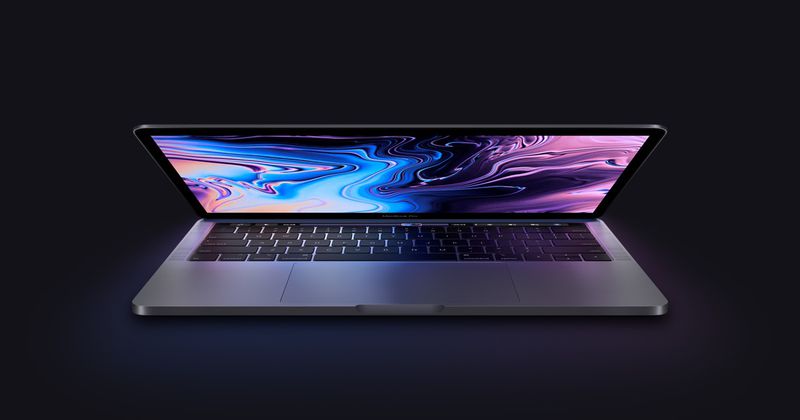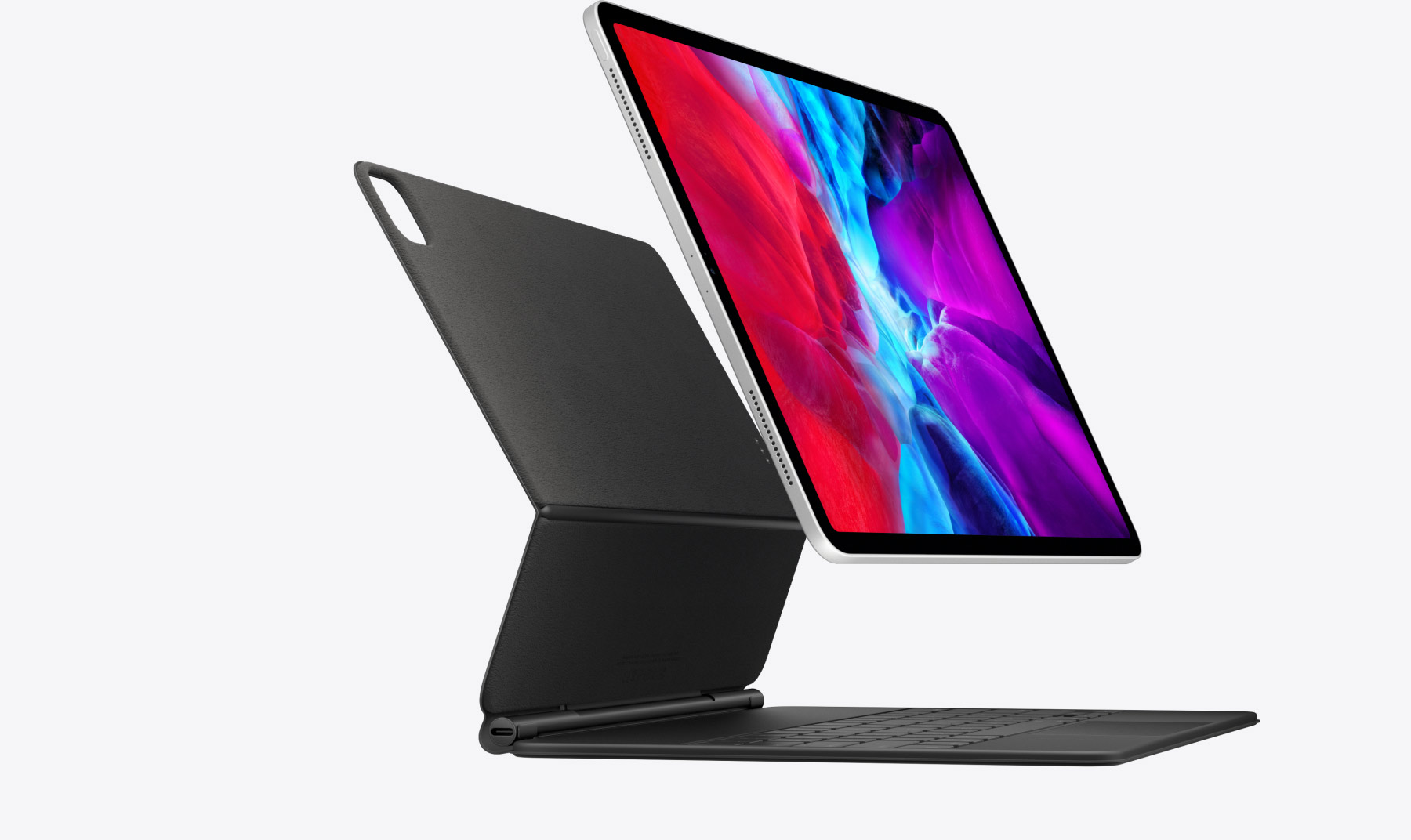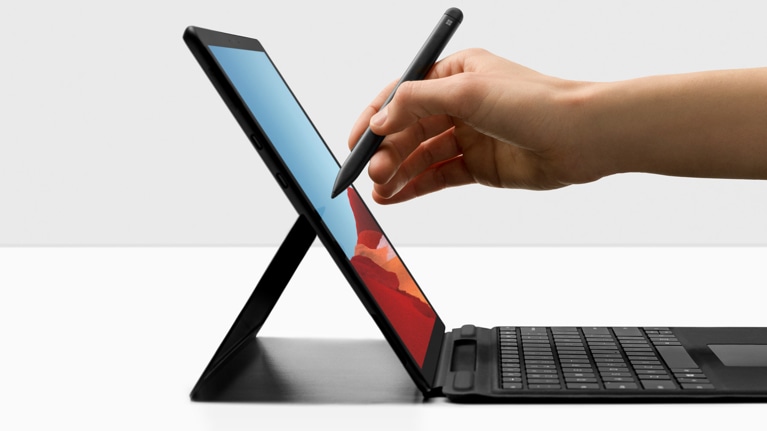So Apple is reportedly making a Macbook using a smartphone processor. Here’s why.
Let’s talk about Apple’s crazy new idea for a bit…

Apple’s MacBook line is arguably their second most influential product next to the iPhone , creating a rabid, loyal fanbase that often points at MacBooks as their primary reason for using MacOS in the first place. And while the past few years almost all MacBooks (be it the Air, Pro or just basic Macbook) have come under some fire for faulty keyboards, thermal throttling and Windows machines catching up and even surpassing their original design ingenuity , they’ve recently started gaining some good ground again solving the first two issues at least. Which is why after Apple has just recently reigned in its MacBook hardware flaws, the substantial rumor that it’s building a 12-inch MacBook running on an ARM-based smartphone processor is a little alarming. But let’s take a look at why Apple would do this and also why it could actually be a silver bullet to kill the competition with.

Whispers about Apple making an ARM based MacBook or MacOS device aren’t actually new. In fact, they’ve been going around ever since 2016 at the earliest. This is largely due Apple’s A10 Fusion processor being a monumental leap forward in smartphone processors, being able to perform in benchmarks faster than certain Intel Core i5 processors from the time. Analysts already started predicting that if Apple was to continue improving on this design, it was only a matter of time until they tried using them on MacBooks as well, which of course use traditional Intel processors. Now of course this isn’t easy , in fact using MacOS on an ARM processor would essentially take Apple rewriting key components of the operating system and recompiling it specifically for the ARM architecture that it’s A-series processors are based on, let alone continuously optimizing them for said system , especially getting it to a point where the average user probably can’t tell the difference between said devices. This process alone can take years, and perhaps that’s why these rumors have been going on for years , growing in information and authenticity with the most recent one from spelling out a 2021 planned release date.

So if Apple really wants to release an ARM based MacBook, next year seems like the year they’re primed to do it. But again, why are they doing it? Well the first reason is the supposed performance boost ARM processors may provide. Now I say may because this really has been a “maybe” case so far. You see while Apple’s A series chips are definitely leading the pack on a year by year basis when it comes to smartphones, it’s always worth noting that iPhones run on iOS, not MacOS, and the two platforms are completely different. iOS is essentially optimized to work on Apple’s chips, and continues to make said improvements on a year by year basis, which is why it essentially keeps improving in speed and performance especially if you always tend to use the newest iPhones. In fact PC die-hards have often brought this up, pointing out that iOS kind of runs in a vacuum, being a device specific OS that runs on specific Apple processors that essentially run no other operating system. Hence running MacOS may make these seemingly magical processors croak up and show all their flaws. Then there’s the second advantage: battery efficiency and cellular connectivity. ARM processors are built from the ground up to be extremely power efficient, and that’s because smartphones and tablets have extremely small batteries in comparison to PCs and thus if they can operate as efficiently with a PCs battery, you can probably expect over 10 hours of battery of actual moderate usage, not the 10 hours for specific tasks or tests as manufacturers tend to sell people. As for cellular connectivity, well that’s pretty self-explanatory: your laptop gets a cellular 4G or 5G Antenna and can connect to the internet using a sim card like your just like your phone does. Knowing Apple they will likely use the eSim option rather than physical sim cards so this might not be a perk Zim users can expect to use soon. And then there’s the final perk which currently only really applies to Apple: complete control of the manufacturing and supply chain. Apple made the decision to control as much of its device manufacturing process a while ago, and it’s paid off for it’s smartphones and tablets. Apple has phones that get software updates 5 years after they’re released, use less RAM than the competition yet compete just as well or better outside of a few cases and until recently had smartphone cameras that did the same as well. All of this is because Apple manufactures or oversees the design and manufacturing of essentially all the components of an iPhone and iPad . Hence by designing the A series smartphone it designed a processor that is perfect for iOS and vice versa. If Apple can begin to have the same kind of control over Macs and MacBooks, it could essentially boost their efficiency and performance in ways that Windows and Linux machines just cannot tap into at the moment. It would also negate the direct comparison scenarios that MacBooks have been losing at in recent times, with Windows machines constantly surpassing Macs when it comes to price to performance ratio these days.

Another reason why Apple is doing this is a bit different from the rest, but it holds up anyway: The competition’s already been doing it for years now. Microsoft has been running a Windows 10 on ARM initiative for almost 3 years now , and while it hasn’t been perfect it’s beginning to hit it’s stride with devices like the Surface Pro X and Samsung Galaxy Book S. Microsoft definitely wants ARM devices to play a huge part in the future of Windows, maybe even making Windows PCs cheaper in the future in a similar way to how smartphones have become a commodity around the world. And amusingly enough Microsoft’s goals for Windows 10 on AR PCs is very similar to how Apple aims to treat iOS on the iPad and MacOS as well, with the former being for simple , basic computer tasks like Word processing and administration work, with email and web surfing on that list, while MacOS will still be the more ideal platform for more professional PC users with specialized jobs like content creation, be it video or graphical work , programming , and scientific work or computational modeling. Microsoft is aiming to make the same distinction with Windows 10 on Arm and the more traditional Windows 10 Pro, and that along with its history with ARM devices makes it a very interesting case study for how this might all work. As we mentioned before Windows 10 on ARM PCs started releasing in 2017, and when they first came to market….it wasn’t pretty. Windows, like MacOS, is made for Intel x86 processors, and so are the majority of the programs meant to run on it. This essentially meant users were left with an operating system that seemed to run smoothly and almost like a normal Windows PC, until you try and load a program you’re used to running on your usual laptop, only to find that it can’t run. This obviously put a lot of people off from Windows 10 on ARM, but the platform has improved over the years, now even being able to run the majority of Windows program with the exception of 64-bit ones. It’s a journey still but Microsoft continues to push on in development, and we reckon Apple will likely face a few similar challenges. Initiatives the company has already started like project catalyst, where iPad apps are ported to Macs show some foundational work, but that hasn’t been a huge success as of late. However Apple is known to have much better developer support than Microsoft, partially because of their more singular development paths rather than Microsoft’s myriad of developer options, and this may help them get all the needed applications to this new ARM Mac in time.
In the end, it’s still all a question of time and execution. Apple’s new ARM Mac will have a lot to contend with when it comes out, from its own established legacy of Intel based devices, to competition from a more established Windows base of competing machines, and even it’s own iPad perhaps. It’s all going to be an interesting situation to see play out, and as long as it benefits consumers, whether their Apple fans or not, then we’ll be happy with this new MacBook and the changes it brings.
Related Stories:
AI Gadgets have failed. So what comes next?
Probably more Google and OpenAI stuff, but is that really...
Read MoreStarlink has applied for a license in Zim. But what does that actually mean?
Should we rejoice? Or just get more skeptical?
Read MoreHow to Convert Zimbabwean Dollar (ZWL) to Zimbabwe Gold (ZiG)
Featuring USD conversion..
Read MorePhones that deserve a Remake or Remaster
If only these phones could get the remake treatment video...
Read More












